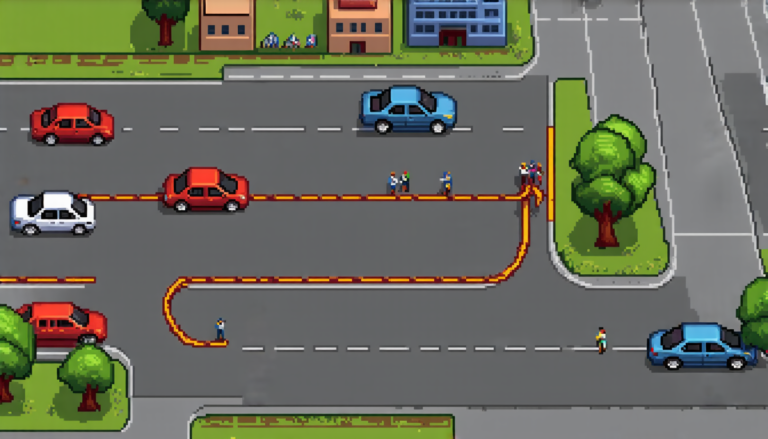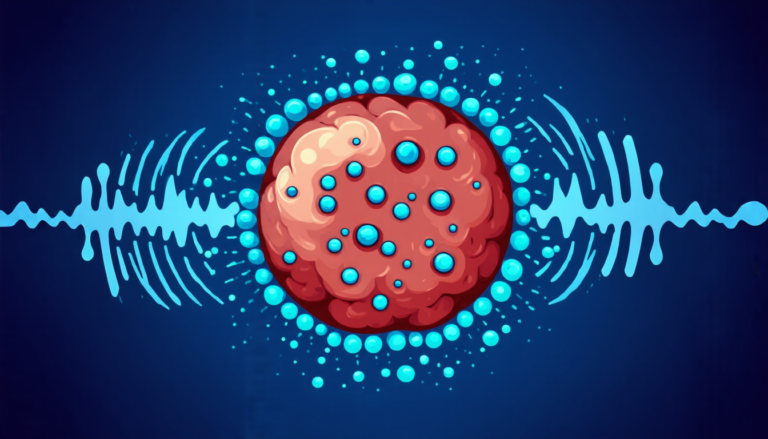Wednesday 09 April 2025
The Riemann-Hilbert correspondence, a fundamental concept in mathematics, has been extended to foliations by researchers Qingyun Zeng and others. This breakthrough could have significant implications for our understanding of complex systems and their behavior.
Foliations are mathematical objects that describe the way a space is divided into smaller, connected pieces. They’re like the leaves on a tree, where each leaf is connected to the stem and branches above it. In the context of physics, foliations can be used to model systems with multiple degrees of freedom, such as a car moving on a track or a pendulum swinging back and forth.
The Riemann-Hilbert correspondence is a mathematical tool that connects two seemingly unrelated concepts: algebraic geometry and complex analysis. It’s like a bridge between two islands, allowing mathematicians to move freely between the two. In the past, researchers have used this correspondence to study the behavior of systems with symmetries, such as rotations in three-dimensional space.
The new extension of the Riemann-Hilbert correspondence to foliations is significant because it allows researchers to study complex systems that don’t have symmetries. This could lead to a deeper understanding of systems like turbulence in fluids or chaotic behavior in weather patterns.
To achieve this breakthrough, Zeng and his colleagues had to develop new mathematical techniques. They used a combination of algebraic geometry, differential geometry, and homotopy theory to construct a higher Riemann-Hilbert correspondence for foliations. This involved creating a chain complex that captures the essential features of the foliation, and then using homotopy theory to study its properties.
The new correspondence has far-reaching implications for many fields, including physics, engineering, and computer science. For example, it could be used to develop more accurate models of complex systems, or to design better algorithms for processing large datasets.
One of the most exciting aspects of this breakthrough is that it opens up new avenues for research in mathematics and physics. By studying foliations and their connections to algebraic geometry and complex analysis, researchers can gain a deeper understanding of the underlying structure of complex systems. This could lead to breakthroughs in many areas, from materials science to cosmology.
In summary, the extension of the Riemann-Hilbert correspondence to foliations is a significant achievement that has the potential to revolutionize our understanding of complex systems.
Cite this article: “Unlocking the Secrets of Foliations: A New Perspective on Geometry and Physics”, The Science Archive, 2025.
Riemann-Hilbert Correspondence, Foliations, Algebraic Geometry, Complex Analysis, Mathematical Physics, Turbulence, Chaos Theory, Homotopy Theory, Differential Geometry, Chain Complexes
Reference: Qingyun Zeng, “Higher Riemann-Hilbert correspondence for foliations” (2025).







